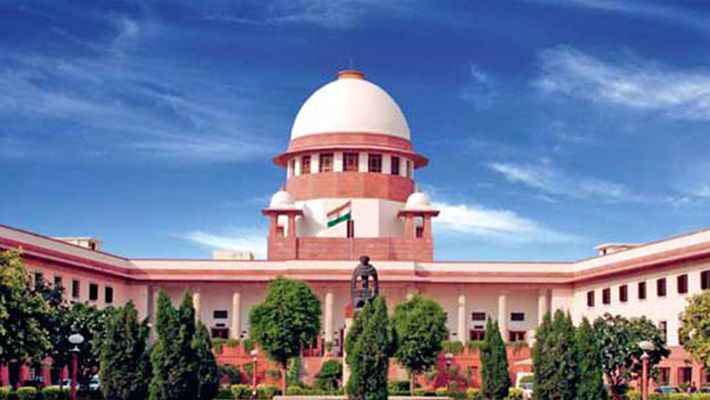New Delhi: The Supreme Court Thursday sounded a word of caution to the states, saying they can make sub-classifications of Scheduled Castes for granting quota inside the reserved category but it has to be on the basis of ‘quantifiable and demonstrable data’ of backwardness and representation in jobs and not on ‘whims’ and as a matter of ‘political expediency’.
The observations were made by Chief Justice DY Chandrachud in his 140-page majority judgement by which the top court held that states are constitutionally empowered to make sub-classifications within the Scheduled Castes (SCs) for granting quota inside the quota as they form a socially heterogeneous class.
The CJI made clear that the sub-classification of SCs by the states is “subject to judicial review when faced with a constitutional challenge”.
“Where the action is challenged, the State will have to justify the basis of its action. The basis of the sub-classification and the model which has been followed will have to be justified on the basis of empirical data gathered by the State.
“In other words, while the State may embark on an exercise of sub-classification, it must do so on the basis of quantifiable and demonstrable data bearing on levels of backwardness and representation in the services of the State. It cannot in other words merely act on its whims or as a matter of political expediency. The decision of the State is amenable to judicial review…,” the CJI said and suggested possible methodologies which may be adopted by the states for sub-classification.
Prescribing limits of sub-classification, the CJI said there are two models that states may employ while reserving seats for the sub-classified castes.
“In the first model, the class(es) that are more socially backward are given a preference to all the seats that are reserved for the Scheduled Castes. There are two variations of this model.
“In the first variation, certain castes are given a preference over all the seats reserved for the category of Scheduled Castes. In other words, the sub-categorized class will get the first bite of the apple. In the second variation, the sub-categorized class will have a preference over a certain percentage of seats. Any unfilled seats will be available to the other categories,” the CJI said.
In the second model, seats shall be exclusively available to certain castes, he said.
“The exclusive model differs from the preference model to the limited extent that in the former, the seats that are not filled will be carried over to be filled by the same castes in the subsequent year while in the latter, the seats that are not filled will be available to the other castes within the same class,” the CJI said.
The state has the power to follow either of the two permissible models while reserving seats through sub-classification, he said.
“The decision of the State to choose from either of the two models will depend on multiple considerations such as the degree of backwardness of certain castes vis-à-vis the other castes and the total number of qualifying candidates belonging to the Scheduled Castes (both the more backward castes of the Scheduled Castes and the others),” the CJI said.
When the sub-classification is challenged, the state must provide justification and the rationale for its determination.
“No State action can be manifestly arbitrary. It must be based on intelligible differentia which underlie the sub-classification. The basis of the sub-classification must bear a reasonable nexus to the object sought to be achieved,” he said.
PTI
